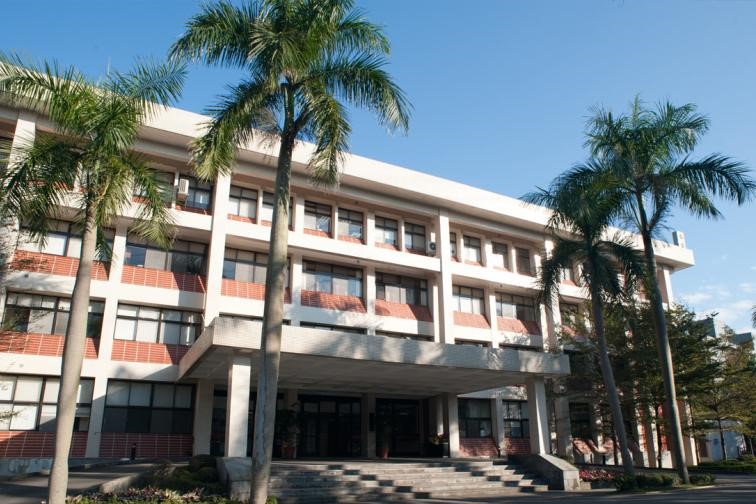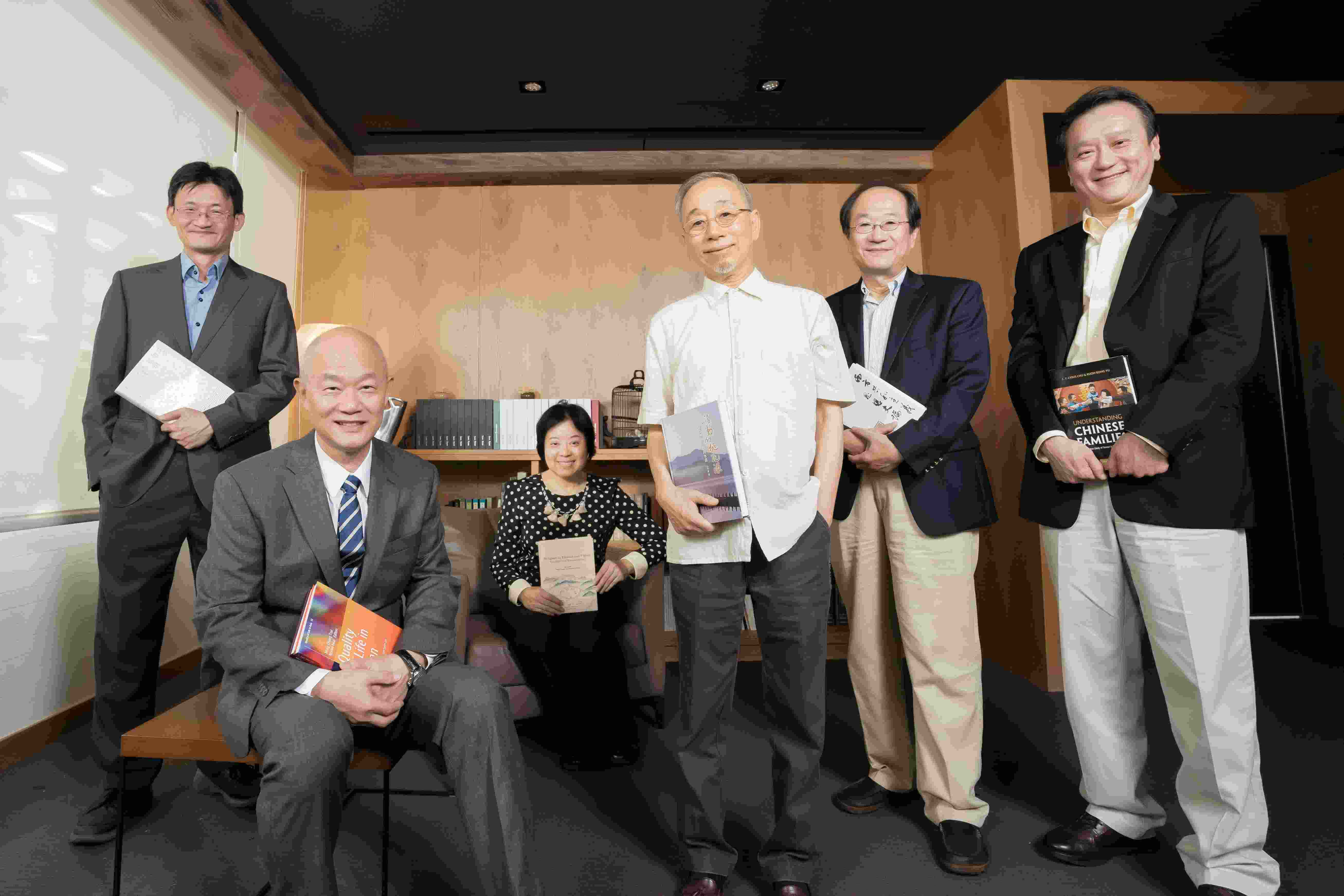- 演講或講座
- 生物醫學科學研究所
- 地點
生醫所地下室B1C演講廳
- 演講人姓名
Dr. Yossi Shiloh (Tel Aviv Univ. School of Medicine)
- 活動狀態
確定
- 活動網址
Genome stability is a crucial determinant of cancer predisposition and aging, with genome instability disorders often characterized by an excess of cancers and segmental premature aging. Another hallmark of aging is the accumulation of senescent cells. Cellular senescence is a state marked by cell cycle arrest, significant alterations in chromatin organization, various metabolic circuit changes, and a multifaceted senescence-associated secretory phenotype. This process plays roles in development and tissue homeostasis, as well as in age-related degenerative and malignant diseases.
The pleiotropic genome instability syndrome, ataxia-telangiectasia (A-T), is characterized by cerebellar degeneration, immunodeficiency, cancer predisposition, sterility, interstitial lung disease, segmental premature aging, chromosomal breakage, and radiosensitivity. Thus, this rare genetic disorder presents a nexus of biological phenomena many of which affect public health. A-T is caused by loss-of-function mutations in the ATM gene. The ATM gene, identified in our lab, encodes the homeostatic protein kinase ATM, which is absent in most
A-T patients. ATM orchestrates the multi-branched response to double-stranded DNA breaks and is also involved in the response to other DNA lesions, regulation of the cellular redox balance, and mitochondrial homeostasis.
A central aspect of the A-T cellular phenotype is the premature senescence of cultured primary skin fibroblasts derived from affected individuals. Recently, we found that this phenotype persists when these cells are grown under physiological (3%) oxygen concentration, and we characterized the transcriptome dynamics in senescing A-T fibroblasts under these conditions. While some transcriptional patterns were similar to those observed during the replicative senescence of control cells, others were unique to the senescing A-T cells.
We have now extended these studies using murine Atm-/- lung fibroblasts, which exhibit more rapid premature senescence compared to human A-T fibroblasts. This system allowed us to conduct an in-depth investigation, revealing new insights into the cellular circuits governing this process. Briefly, we discovered that the cGAS-STING pathway, with contributions from the MAP kinase pathway and a critical role of the p53 protein, forms a unique chain of events driving the premature senescence of ATM-deficient fibroblasts. This process is triggered by cytoplasmic DNA emanating from micronuclei - a product of ongoing genome instability. Importantly, these results have implications for some of the cardinal symptoms of A-T. Notably, primary lung fibroblasts grown under 3% oxygen vividly demonstrate a relatively rapid conversion of primary diploid cells to malignant cells, without any experimental manipulation.
Lastly, we provide an update on our long-term follow-up of the health status of human A-T carriers. The results indicate that the ATM+/- genotype contributes to various types of aging-associated human morbidity, primarily predisposition to cancer and cardiovascular diseases, demonstrating the impact of heterozygosity for a null allele at a single locus on public health.
Our decades of research on A-T — a rare inherited human disease — provide compelling evidence for the critical role of genome stability in human aging and associated morbidity. This underscores the significant value of investigating rare genetic disorders.









 首頁
首頁

